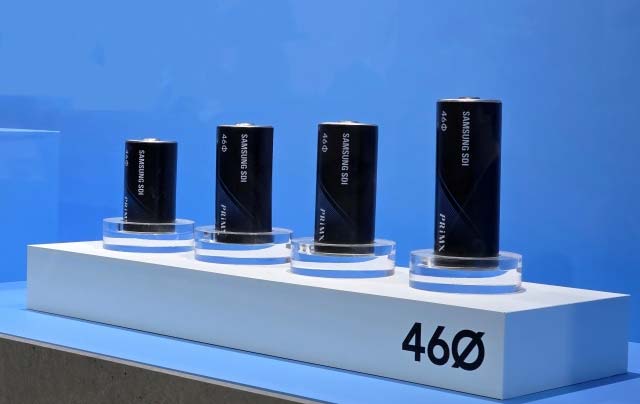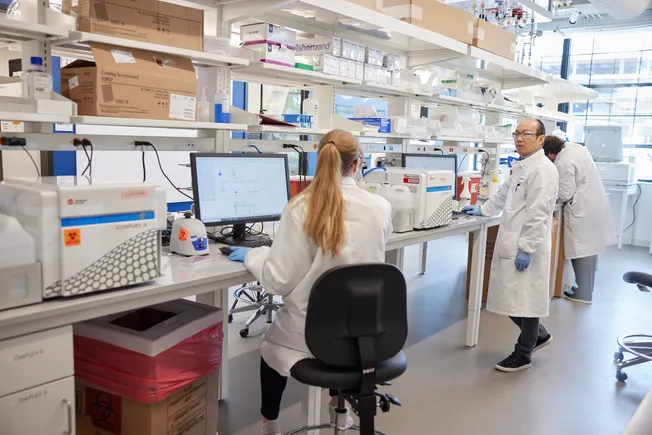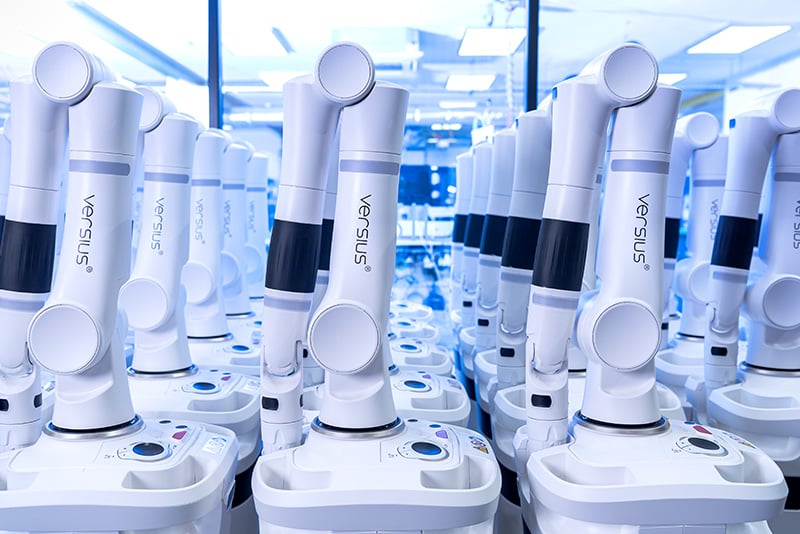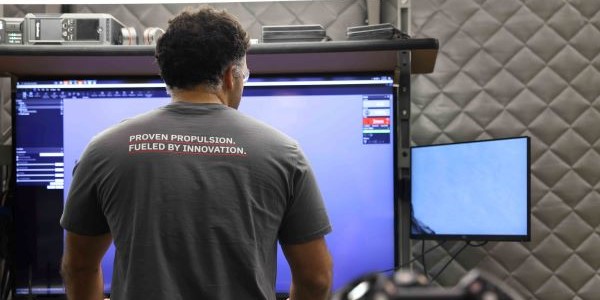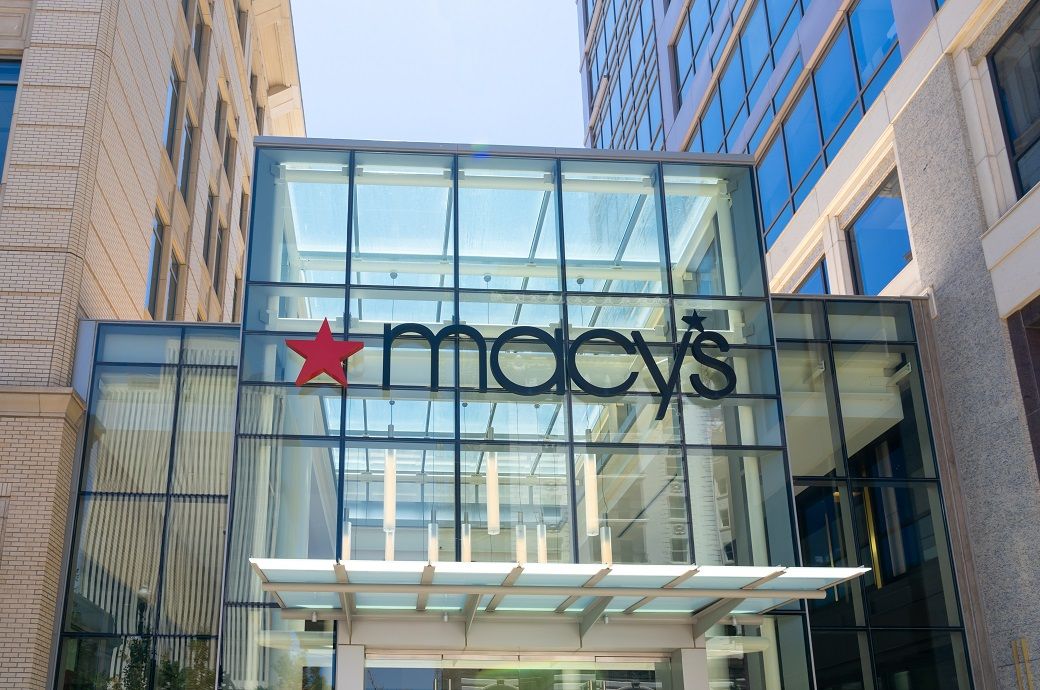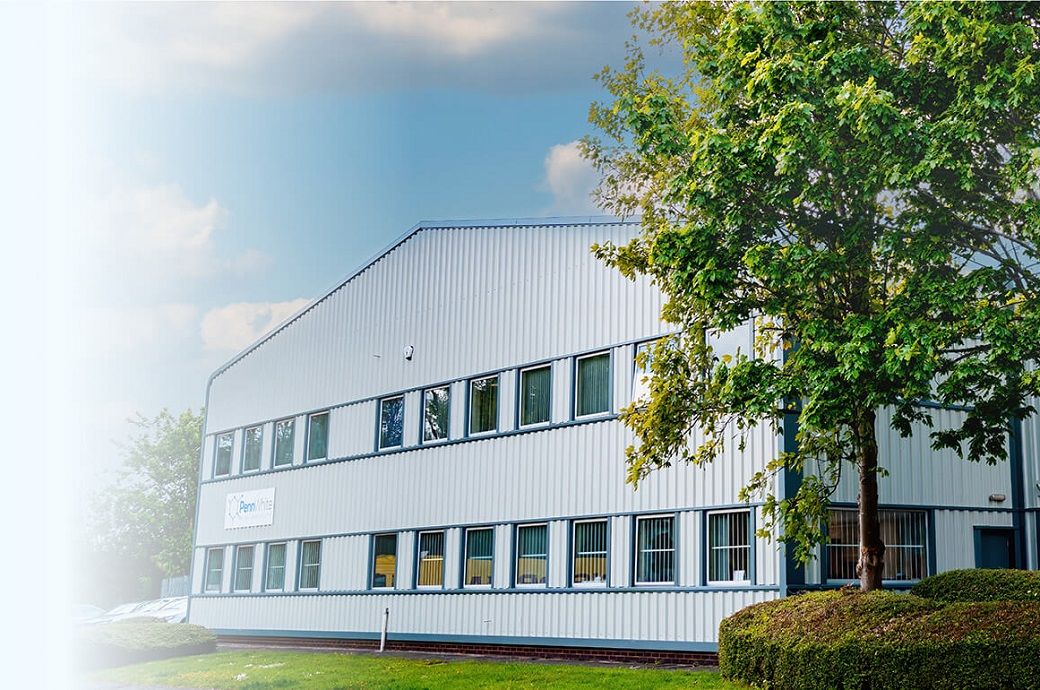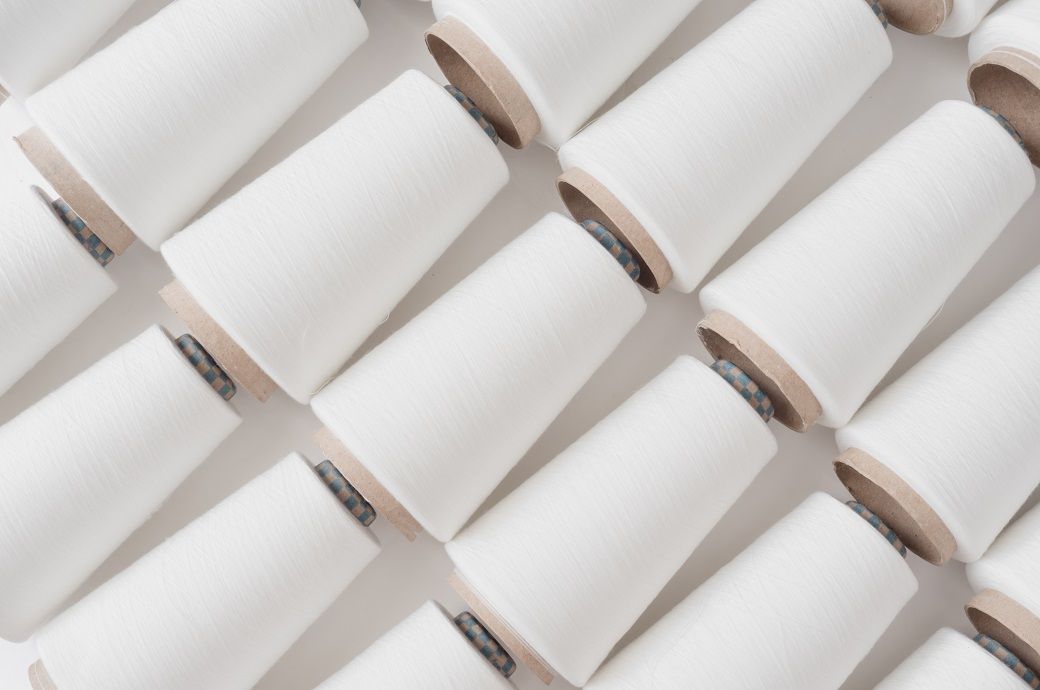H2O2 Self‐Supplied MoS2/CaO2 Nanozyme Hydrogel with Near‐Infrared Photothermal Synergetic Cascade Peroxidase‐Like Activity for Wound Disinfection
Advanced Healthcare Materials, Volume 14, Issue 8, March 25, 2025.

The MoS₂/CaO₂ nanozyme embedded in AEK hydrogel (M/C/AEK) reveals enhanced POD-like and CAT-like catalytic activities, producing ROS in response to the acidic wound environment. The synergistic effect of near-infrared photothermal activation and self-supplied H₂O₂ eliminates bacteria and Ca2⁺ ions synergistically stimulate healing, making the multifunctional M/C/AEK hydrogel an effective solution for targeted infection control and rapid tissue regeneration.
Abstract
In wound healing and clinical anti-infection therapy, the current feasibility of nanocatalysts is extremely limited because of inadequate reactive oxygen species (ROS) generation. Herein, a novel H2O2 self-supplying nanocomposite (M/C/AEK) consists of molybdenum disulfide (MoS2) decorated with calcium peroxide (CaO2) prepared at ambient temperature and encapsulated in AEK hydrogel. In the presence of H2O2 and poly(vinyl pyrrolidone) (PVP), CaO2 nanoclusters, ≈30 nm, are anchored on the MoS2 surface. MoS2/CaO2 can induce both a cascaded peroxidase (POD)-like and catalase (CAT)-like catalytic activity to produce toxic hydroxyl radicals through self-supplied H2O2 and O2 responsive to the faintly acidic environment of acute wounds. The POD-like activity is increased under acidic compared with neutral conditions, allowing selective treatment of acute, slightly acidic wounds while avoiding the side effects of high-concentration antibacterial agents on normal tissues. The high near-infrared photothermal effect synergistically with POD-like/CAT-like activity of MoS2/CaO2 boosts the production of more ROS to eradicate Staphylococcus aureus and Escherichia coli bacteria (98.6% and 98.9%) effectively and selectively stimulate wound healing. The porous M/C/AEK hydrogel in the wound microenvironment can efficiently capture bacteria, and its Ca2+ ions and keratin stimulate healing, revealing excellent potential in advanced wound care and infection control therapies.




























